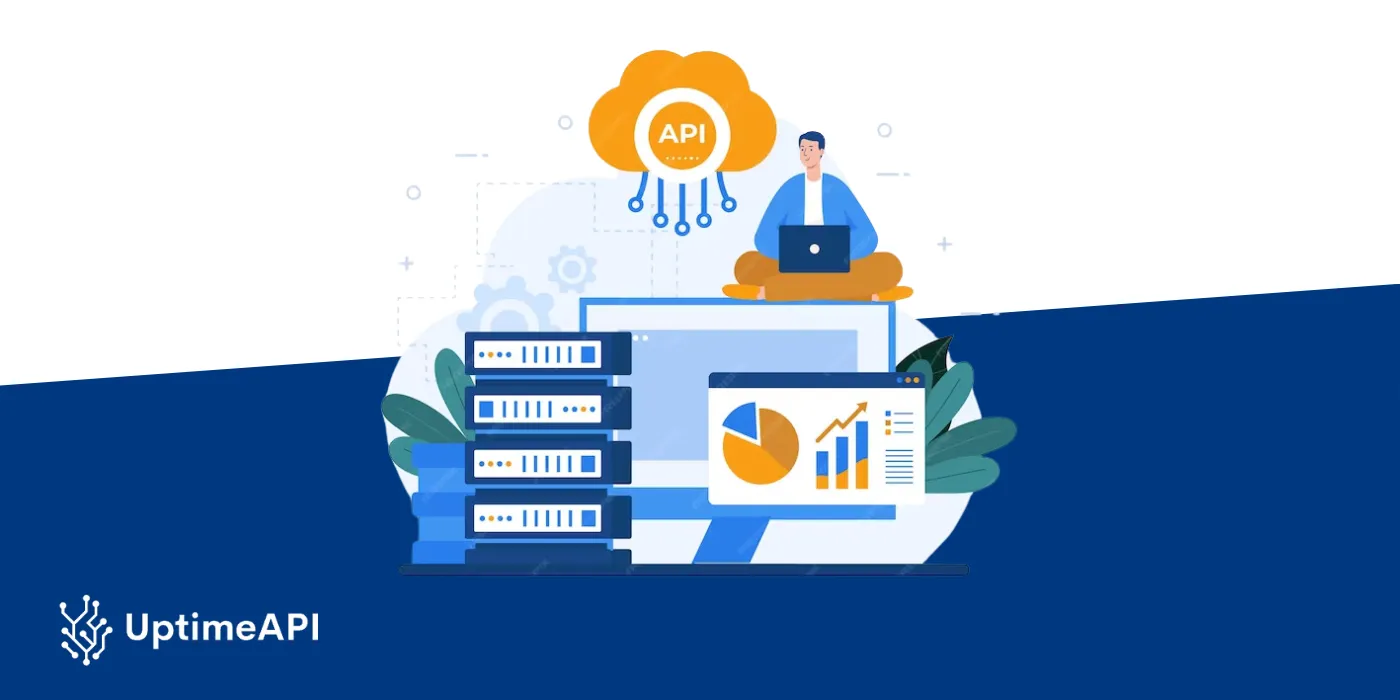API Monitoring: Easy Tutorial For Programmers

In today's digital landscape, APIs (Application Programming Interfaces) play a crucial role in connecting various software systems and enabling seamless communication between them. However, ensuring the reliability and uptime of these APIs is paramount for smooth operations. This is where API monitoring comes into play. In this tutorial, we'll delve into the fundamentals of API monitoring and how programmers can easily implement it using tools like Uptime API.
Understanding API Monitoring:
API monitoring is the process of observing, testing, and analyzing the performance and availability of APIs. It involves continuously checking endpoints to ensure they are functioning as expected and meeting predefined performance metrics. By monitoring APIs, developers can identify and address issues proactively, preventing downtime and ensuring a positive user experience.
Why API Monitoring Matters:
The importance of API monitoring cannot be overstated in today's interconnected digital ecosystem. Here are some key reasons why it matters:
- Ensuring Reliability: Monitoring helps ensure that APIs are reliable and available round the clock. This is critical for businesses that rely on APIs to deliver services to customers.
- Identifying Issues Early: By monitoring APIs in real-time, developers can identify issues such as downtime, latency, or errors as soon as they occur. This allows for prompt resolution and minimizes the impact on users.
- Optimizing Performance: Monitoring provides valuable insights into API performance metrics such as response time and throughput. This data can be used to optimize performance and enhance the overall user experience.
Getting Started with API Monitoring Using Uptime API:
Now that we understand the importance of API monitoring, let's explore how programmers can easily implement it using Uptime API.
Step 1: Sign Up for Uptime API:
The first step is to sign up for Uptime API. Simply visit their website and create an account. Uptime API offers a free tier with basic monitoring capabilities, making it accessible for developers of all levels.
Step 2: Add Monitors:
Once you've signed up, it's time to add monitors for your APIs. Monitors are essentially checks that Uptime API performs on your API endpoints at regular intervals. You can add monitors for different endpoints, specifying parameters such as request method, headers, and expected response status code.
Step 3: Set Up Alerts:
Uptime API allows you to set up alerts so that you're notified whenever an issue is detected with your APIs. You can choose to receive alerts via email, SMS, or integrations with popular communication platforms like Slack.
Step 4: Analyze Reports:
One of the key features of Uptime API is its reporting capabilities. You can analyze detailed reports on API uptime, response time, and performance trends over time. This data enables you to make informed decisions and continuously improve your API infrastructure.
Best Practices for Effective API Monitoring:
To make the most out of API monitoring, here are some best practices to keep in mind:
- Monitor Critical Endpoints: Focus on monitoring critical endpoints that are essential for your application's functionality. This ensures that you're prioritizing resources where they are needed the most.
- Set Realistic Thresholds: Define realistic thresholds for performance metrics such as response time and uptime. These thresholds should be based on your application's requirements and user expectations.
- Implement Automated Testing: Integrate automated testing into your monitoring process to simulate real user interactions and catch issues before they impact actual users.
- Regularly Review and Update Monitoring Strategy: As your application evolves, so should your monitoring strategy. Regularly review and update your monitors, alerts, and thresholds to adapt to changes in your API infrastructure.

Conclusion:
API monitoring is an essential aspect of modern software development, ensuring the reliability and performance of APIs. With tools like Uptime API, programmers can easily implement monitoring solutions that provide real-time insights into API uptime, response time, and performance metrics. By following best practices and continuously monitoring and optimizing APIs, developers can ensure a seamless user experience and drive business success.